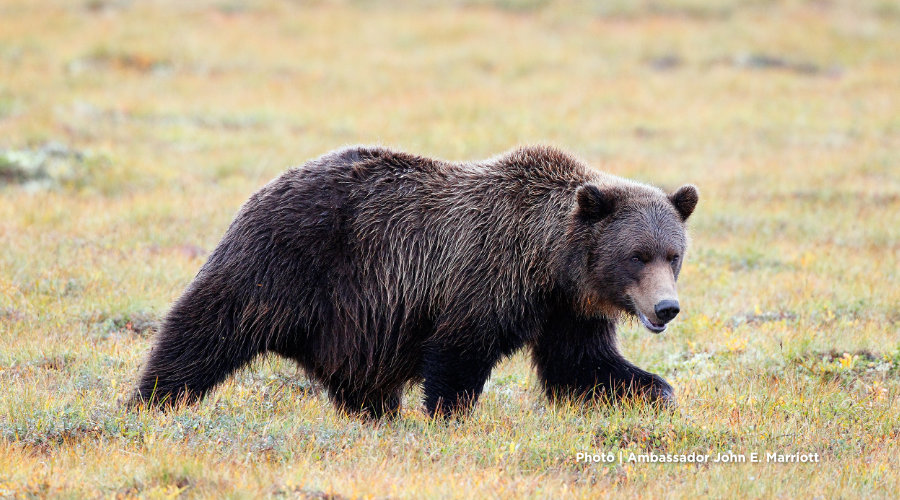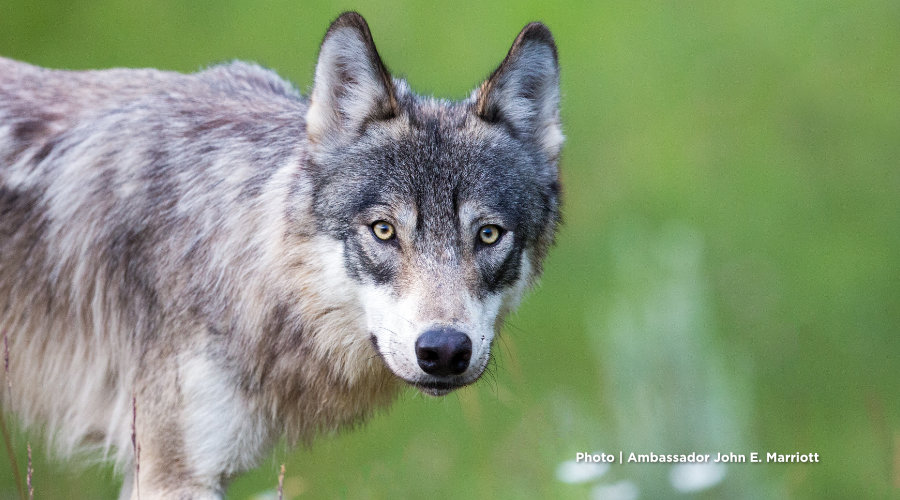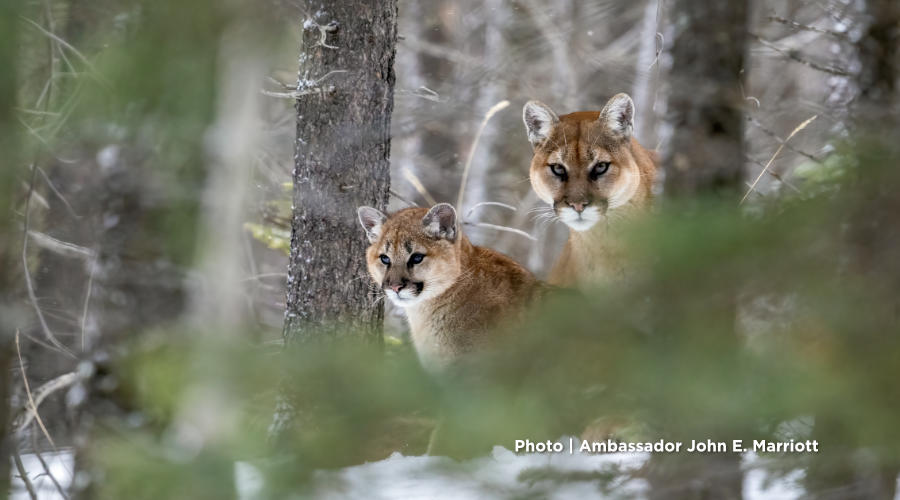
There’s been a lot of momentum and a lot of movement in the political world as of late. As governments push through policy at breakneck speed, organizations such as ours rally to understand and advocate for amendments that protect the wildlife, wild spaces and people (that’s all of us) that depend on healthy ecosystems.
It’s in the most uncertain of times that we must demand action from our representatives that gives wildlife a seat at the table. It’s together, with your support and collective voice, that we can bring about ethical change and effective coexistence.
We’re finding ways to make advocacy easier for you, so with that in mind, you’ll find three quick actions you can take at the end of every newsletter. In just five minutes, you can make a real difference.
Now, to the good news… We are expanding the Exposed Wildlife Conservancy team to increase our outreach and impact. This is very exciting for our small but dedicated team and signals a significant positive trend in the effectiveness of conservation efforts across Canada.
Thank you, as always, for your ongoing support and encouragement.

Exposed Wildlife Conservancy is expanding our team.
We’re looking for a skilled and motivated Outreach and Communications Specialist to help amplify our advocacy, grow our community, and drive meaningful change for Canada’s apex predators.
Reporting to the Executive Director, the Outreach and Communications Specialist role will be responsible for executing robust communication strategies for Exposed Wildlife Conservancy in the areas of educational programs, e-newsletters, social media, content creation, public relations, and media relations.
If you have the skills and experience to help shape the voice and impact of a leading wildlife organization, we’d love to hear from you.

Visit our Instagram or Facebook page to discover the three simple steps to contact your MP/MLA and give wildlife a voice when it needs it the most.

Bill C-5 is now federal law, and with it comes a fast-tracked pathway for major infrastructure projects that could bypass vital environmental protections.
Our latest article breaks down what this means for ecosystems, endangered species, and the apex predators that rely on intact wilderness to survive. It also explores the deeper risk: losing public and Indigenous input in decisions that shape our shared landscape.
We believe infrastructure and conservation must coexist, but not at the cost of transparency, biodiversity, or ecological stability.
This is a critical moment for Canada’s wildlife. Let’s make sure their future is part of the conversation.
When the 4-year-old grizzly bear affectionately named Tex stepped ashore Texada Island, locals, conservation officers, multiple Indigenous Nations and the BC provincial government took steps toward ensuring his safety. In a devastating turn of events, Tex was shot and killed before officials were able to relocate him.
No animal should have to lose their life for decision makers to take action, but when the worst happens, we must not let life be lost in vain.
When we elect government officials to represent our collective best interests, we trust that decisions will be informed by data, community feedback and science. When that doesn’t happen, we must stand together and demand answers so that protective measures may be put in place.
This article from The Narwhal brings to light the decision-making process of the Alberta government and their concerning actions to increase the hunting quotas of cougars in protected areas like Provincial parks.
Access to internal briefing notes shows that the controversial decision to increase hunting was not based on data, science or consultation from community or conservation agencies.